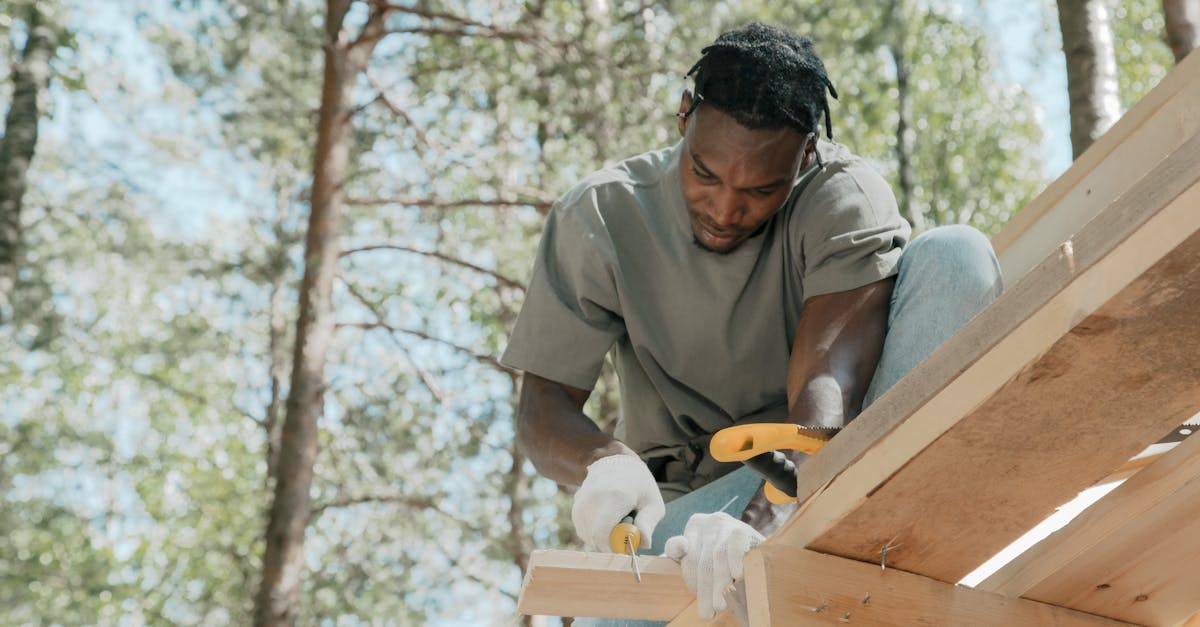Seeing More Than Words in Jonah’s Tale
Ever noticed Jonah’s hesitance in agreeing to God’s task? Let’s delve deeper beyond his spoken word into his body language.
Imagine Jonah dragging his feet, perhaps crossing his arms while slumped in a chair—his body speaks louder than words! These nonverbal cues indicate a blend of fear and reluctance. This paints a vivid picture of Jonah’s emotional turmoil.
It’s essential for kids, and parents, to recognize such emotional signals in everyday interactions. Recognizing these can foster better communication at home, so next time your child wears a pouty face with shoulders shrugged, you might just spot their own whale of hesitance!
- Use these cues to connect more deeply
- Avoid misunderstandings in family settings
Remember, understanding body language can enhance relationships and improve interactions!

David and Goliath: The Silent Signals
In the story of David and Goliath, silence played a crucial role. David’s confidence was reflected in his posture and stride towards the giant. Close your eyes and picture the steady, unwavering eyes of David. It’s like Clint Eastwood readying for a showdown—his stance tells more than words ever could.
Teach your children how adopting a confident posture can influence perception. It’s a lesson in standing tall that could help them in:
- Social settings
- Schooling
- Home
This story is a perfect example of how nonverbal communication can determine outcomes and assert inner strengths.

Communicating Like Christ: Gestures and Glances
Jesus was a master of nonverbal communication. He used gestures and expressions to comfort and reassure those around him. For instance, when healing the blind, Jesus touched their eyes—a significant nonverbal act of empathy and divine intention.
Such gestures teach us to value how actions can supplement our words. Here are some ways to encourage your kids to express empathy and support:
- A warm hug
- A gentle pat on the back
- Offering a smile
- Holding hands during tough times
These simple acts can speak volumes. Start practicing these gestures at home and watch the magic unfold in your family’s connections.
Moreover, enhancing these skills adds to your child’s emotional toolkit, making them more adept at handling relationships throughout life.

Making Sense of Moses’ Nonverbal Cues
Think about Moses facing the Israelites and what his body language conveyed. His presence at the Red Sea speaks of immense responsibility with arms lifted high, a cue of courage and faith.
Share with your kids how subtle cues represent larger concepts like leadership and trust. Whether it’s standing firm during adversity or spreading one’s arms open in acceptance, these cues resonate in today’s world as well.
Encourage your children to spot these in their own lives, helping them to articulate their emotions and feelings adeptly, especially during challenging times.

Teach Your Kids: Nonverbal Lessons from Noah
Imagine Noah working tirelessly on the ark. His focused determination and teamwork are invisibly interwoven within every movement. Talk to your kids about how devotion shines through our actions.
Encourage them to:
- Spot dedication in day-to-day tasks
- Mimic such tenacity
By recognizing these gestures of diligence, children learn the value of perseverance. Additionally, it offers them practical means to channel their energy into fulfilling responsibilities.
It’s an essential life lesson, seeing actions as a reflective mirror of internal virtues.

Your Turn: Reader Reflections and Tales
Now, let’s hear from you! How have you noticed nonverbal communication in Bible stories or even your daily life? Join the conversation and share your favorite moments.
Perhaps your child has their own experience feeling out of words but understood through a mere nod or smile. Ensuring open dialogue encourages learning from each other’s stories. A welcoming ‘aha moment’ shared here might just illuminate another’s understanding.
Dive into the comments with your own anecdote or lesson learned, thus enriching this nonverbal voyage with collective wisdom.

